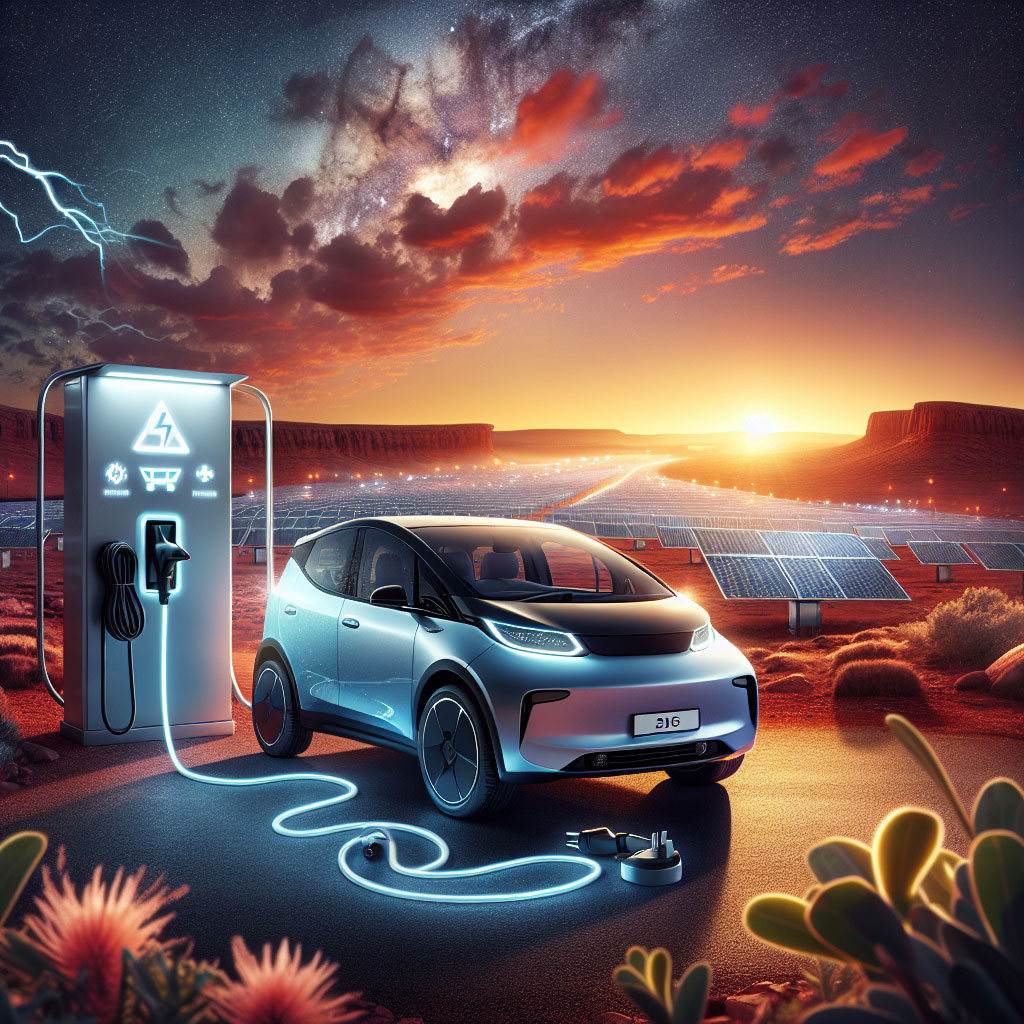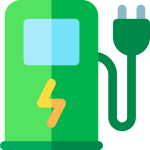
For years, public debate about electric vehicles (EVs) in Australia has been steered by conversations about battery range, charging infrastructure and carbon credentials. Those matters remain critical, but they often obscure a more compelling story: EVs deliver a fundamentally better driving experience. When we move beyond incremental efficiency metrics, three practical technologies underpin that superior experience-regenerative braking (and one‑pedal driving), instant torque, and the near‑silent cabin. Together they change how Australians drive day‑to‑day, from commutes in Sydney and Melbourne to longer coastal and regional trips.
Regenerative Braking and One‑Pedal Driving: Recovering Energy and Time
Regenerative braking, or “regen”, is the clean, mechanical trick that turns wasted kinetic energy into stored electricity. Instead of relying solely on friction brakes to dissipate energy as heat, an EV’s motor works as a generator when you ease off the accelerator or apply light braking. That energy is fed back into the battery, improving efficiency and extending range.
Beyond efficiency, regen enables one‑pedal driving: in many EVs, lifting off the accelerator produces substantial deceleration, allowing the driver to manage speed and stop using little or no brake pedal. For Australian drivers, this can be transformative-reducing driver fatigue in stop‑start city traffic, simplifying hill descents along the Great Ocean Road or coastal routes, and cutting brake wear and maintenance costs.
Practical notes for Australian conditions:
- Use heavier regen settings in urban areas to maximise energy recovery-most manufacturers allow adjustment through drive modes or steering‑wheel controls.
- Be aware that some EVs reduce regen at high state of charge, so you may notice a change in deceleration as the battery approaches full.
- One‑pedal driving takes practice. Expect an initial learning curve and always be ready to use the friction brake for emergency stops or in slippery conditions.
Instant Torque: Safer, Quieter, More Confident Acceleration
Electric motors deliver torque immediately the moment current flows-there’s no need to build revs or wait for a turbo. The effect is conspicuous: acceleration is seamless, linear and reliably available from standstill.
That immediacy translates into practical safety and convenience on Australian roads. Whether merging onto a busy Melbourne freeway, overtaking a slow vehicle on a two‑lane regional road, or joining traffic on a Perth arterial, the instant power response reduces the hesitation inherent to many petrol or diesel cars. It also places less demand on complex transmissions, meaning fewer moving parts and simpler drivetrains.
From a driving enjoyment perspective, instant torque redefines acceleration from a mechanical spectacle to a calm, controlled phenomenon-fast without drama, responsive without noise.
The Quiet Cabin: A Subtle Revolution in Comfort
Remove the combustion engine noise and the entire in‑car atmosphere changes. EVs’ silence does more than comfort passengers; it changes how a vehicle feels. Conversations are clearer, navigation instructions easier to hear, and long distances are less fatiguing. For those who spend hours commuting in Sydney or Perth, the difference is material: less stress, better concentration and a more refined driving experience.
Noise reduction also enhances perceived build quality. Cabin refinement from the absence of engine vibration contributes to a premium feeling-even in entry‑level EVs-while tyre and wind noise remain the main acoustic considerations at highway speeds.
Economic and Environmental Upsides: Running Costs and Maintenance
The better driving experience is accompanied by lower running costs. Electricity per kilometre is typically cheaper than petrol per kilometre, and fewer mechanical components mean lower scheduled maintenance. Brake servicing is substantially reduced thanks to regen, and there’s no oil or timing belt to change.
From an environmental perspective, Australia’s electricity grid is progressively decarbonising. When charged from renewable or low‑emissions sources, an EV’s lifecycle emissions profile improves further-another practical reason the switch is accelerating across households and fleets.
Australia’s Practical Context: Infrastructure, Policy and Market Momentum
Australia’s EV ecosystem has matured rapidly. Public charging networks continue to expand, with private operators and energy retailers investing in fast and ultra‑fast chargers along major routes and in urban centres. Home charging remains the primary daily solution for most drivers, while destination and corridor chargers make longer trips increasingly feasible.
Policy support is evolving at both federal and state levels. Incentives, stamp duty concessions and registration rebates vary by state and territory; some jurisdictions offer targeted incentives for new and used EVs, as well as support for businesses installing chargers. Additionally, pilot projects and trials exploring vehicle‑to‑grid (V2G) capabilities and smart charging are underway, signalling deeper integration between EVs and Australia’s renewable energy transition.
Battery technology is also shifting. Manufacturers are increasingly adopting different chemistries, such as lithium‑iron‑phosphate (LFP), which can offer greater durability and lower cost for some vehicle segments. Meanwhile, research continues on higher‑energy chemistries and solid‑state batteries, which may deliver further improvements in range, charge speed and longevity over the next decade.
Practical Tips for Australian Drivers
- Install a dedicated home charger if possible-Level 2 (AC) charging provides reliable overnight replenishment and is the most cost‑effective long‑term solution.
- Learn and experiment with regen settings-start conservatively, then increase as you become comfortable with one‑pedal behaviour.
- Plan longer trips with mapped fast‑charger locations; many networks now provide real‑time availability apps.
- Consider charging costs and grid timing-charging during off‑peak periods can lower running costs and support grid stability.
- Check state and federal incentives before purchase-rebates and fee reductions can materially affect the total cost of ownership.
Conclusion
The EV revolution in Australia is not just a story of efficiency or emissions reduction. It’s a story about a better way to drive. Regenerative braking and one‑pedal driving rework deceleration into a tool for efficiency and ease. Instant torque delivers safer, more confident acceleration. And the quiet cabin changes everyday travel from something to endure into a quieter, more refined experience. Coupled with falling running costs, expanding charging infrastructure and ongoing technological advances, the case for switching is increasingly compelling. For Australian drivers considering the move, the question is no longer only “Can I cope with an EV?” but “Why would I choose anything else?”
What is ‘regen’ and how will it change my daily driving?
Regenerative braking uses the motor to recover energy when you slow down, returning it to the battery. Practically, it can extend range, reduce brake wear and enable one‑pedal driving for smoother, less fatiguing urban trips. It takes practice, but most drivers adapt quickly.
Do EVs really accelerate faster than petrol cars?
EVs deliver full torque instantly, which often produces faster off‑the‑line acceleration than similarly rated ICE vehicles. That immediate response improves safety in merging and overtaking situations, even if top speed figures are comparable.
How quiet are EVs on Australian roads?
EV cabins are noticeably quieter at low and moderate speeds due to the absence of engine noise. At highway speeds, tyre and wind noise become the dominant sounds. The overall effect is a more relaxed and less fatiguing drive.
Can I charge an EV at home, and what equipment do I need?
Most EV owners charge at home using a dedicated AC charger (often called a Wallbox). A professional electrician will install a suitable unit and ensure the property’s electrical supply is safe and compliant. Home charging is convenient and usually the cheapest way to run an EV.
Are there incentives for buying EVs in Australia?
Yes-support varies by state and territory and includes measures such as rebates, stamp duty reductions and registration discounts in some jurisdictions. Federal and state policy settings continue to evolve, so check relevant government websites or a dealer for current programs.
What about long trips and charging on highways?
Public fast‑charging networks have expanded across major corridors and in urban hubs. Planning tools and charging network apps help drivers map stops and monitor charger availability. Long trips are increasingly practical, especially with route planning and a mix of fast and destination chargers.
How long do EV batteries last, and what are replacement costs?
Modern EV batteries typically retain significant capacity for many years; warranties commonly cover 8 years or around 160,000 km (terms vary by manufacturer). Replacement costs have fallen but remain substantial; in practice, most owners do not face early battery replacement.
Can EVs tow and handle Australian conditions?
Many modern EVs are engineered for towing and rugged use, but towing reduces range and places higher energy demand on the battery. Manufacturers publish towing capacities and recommended practices-check vehicle specifications and consider range penalties when towing.
About EV Evolution
EV Evolution is the leading online platform dedicated to Australian electric vehicle owners and enthusiasts. We foster a vibrant community, delivering essential EV news and insights, and enhancing user engagement through our innovative, AI-powered chatbot for dynamic discussions. Our mission is to empower Australian electric vehicle owners and enthusiasts by fostering a vibrant, AI-driven online community that connects, informs, and advances the nation’s electric vehicle landscape.




